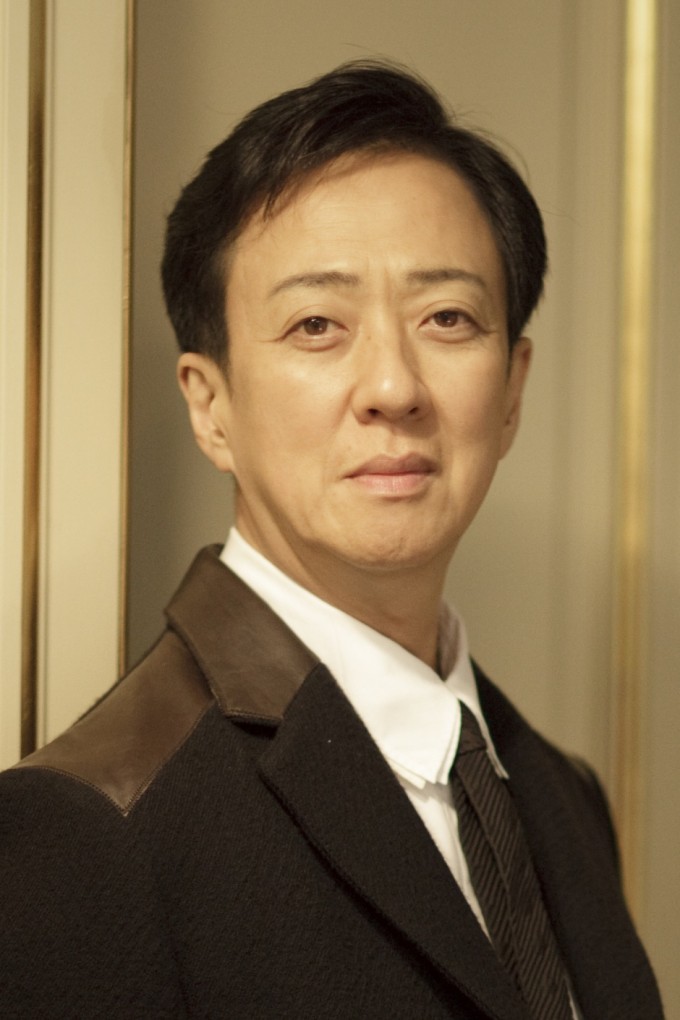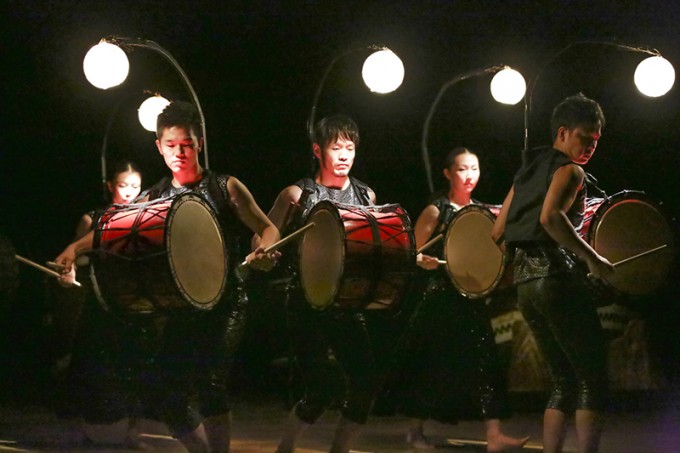“From ‘Amaterasu’ to ‘Mystery’: Part 4″ by journalist Sachiko Tamashige
From “Amaterasu” to “Mystery”: Part 4
Article by journalist Sachiko Tamashige
“Mystery” directed by Tamasaburo Bando

Tamasaburo Bando,
Artistic Director
The audience may wonder what kind of idea lies behind the production of “Mystery.” To address this, Tamasaburo Bando wrote the following note prior to the opening:
“It’s hard to put into words, but I’m aiming to create a world of mystery. Across Japan, the folk arts have been handed down for countless generations. There’s a sacredness there, an air of mystery within each prayer. The drums express this, and I would like for the audience to feel it, too. I hope theatergoers will experience the same sort of otherworldly splendor that you sense in temples, shrines, and moments of discovery in the forest. I also want people to enjoy darkness: the beauty of something you come across lit by candlelight, a sense that is both vague and marvelous. Peel back the layers surrounding mystery and you find fear, humor, charm, and other varied and significant qualities. In the “Serpent Dances” that have come down from old, the defeated serpent is endowed with a surprising level of sacredness. In this performance, many things will emerge from out of the darkness. While it’s essentially a drum concert, playing as only drums can play, we’ve added plenty of visual interest. A moment of wonder means nothing unless you are actually present to experience it. Religious rituals as well as the arts have been refined over centuries, using inspiration from those who came before us. In this drumming performance, I hope that the audience will enjoy to the fullest that magical sense of space and time.”

“Mystery” introduces new theatrical elements and acting parts to the Kodo stage
Just before the opening, I asked the artistic director Tamasaburo the following question: “What is ‘Mystery’ all about ?”
“It is nearly invisible in the darkness, but you can catch a glimpse of it if you narrow your eyes. If something is hidden or obscured by a veil, the urge to reveal it becomes stronger. You long for light and the future if darkness prevents you from moving forward. You experience fear and anxiety — a craving for something. Darkness triggers a wave of emotions and whirling desires in one’s mind, and this is the key to open the realm of “Mystery.” When you look at the serpent dance, it allures you with its seductive beauty, and you cannot help asking the question: is the serpent really evil or a sacred spirit? “Mystery” in the darkness invites you on a trip into your internal world. When an artist performs to the best of his abilities, wholeheartedly utilizing his polished senses and training, he might be able to conjure up a magical moment on the stage. It might happen to only one performer or occur on only one night. Then, the stage is totally transformed. This is the power of theater.”

New lighting props were designed especially for “Mystery.” A mystical atmosphere is created with both sight and sound.
The darkness of “Mystery” and the words of Tamasaburo remind me of the Grand Relocation of the Ise Jingu shrine last autumn. The relocation reached its climax on the evening of October 2nd, 2013, when the sacred regalia, the mirror that represents Amaterasu, was moved from the old shrine to the newly built one. The mirror was covered by a white silk curtain and carried out by shinto priests in ancient traditional costume. All of this happened in darkness. Three thousands people sat in in front of the procession, hardly able to see or hear anything apart from the insects, the sound of the wind and the sound of Shinto priests’ traditional shoes stepping on pebbles in the walkway. I felt mystery in the darkness for a long time. This is the 62nd relocation, and the first one in the 21st century — part of a tradition that has been handed down to us through many generations since 690 AD. We tend to light up everything. We tend to believe that things are only visible after the Modern Age began. Kodo’s “Mystery” will evoke something deeper within us, and help us transcend our contemporary space and time for a glimpse of another dimension — an invisible world just beyond the darkness.
Photos: Takashi Okamoto
Also read From “Amaterasu” to “Mystery”: Part 1 – Guided by the mysterious power of the Serpent
Part 2 – Behind the Scenes of “Mystery”
Part 3 – Iwami Kagura: Feeling the Heat and Beat in Shimane Prefecture



